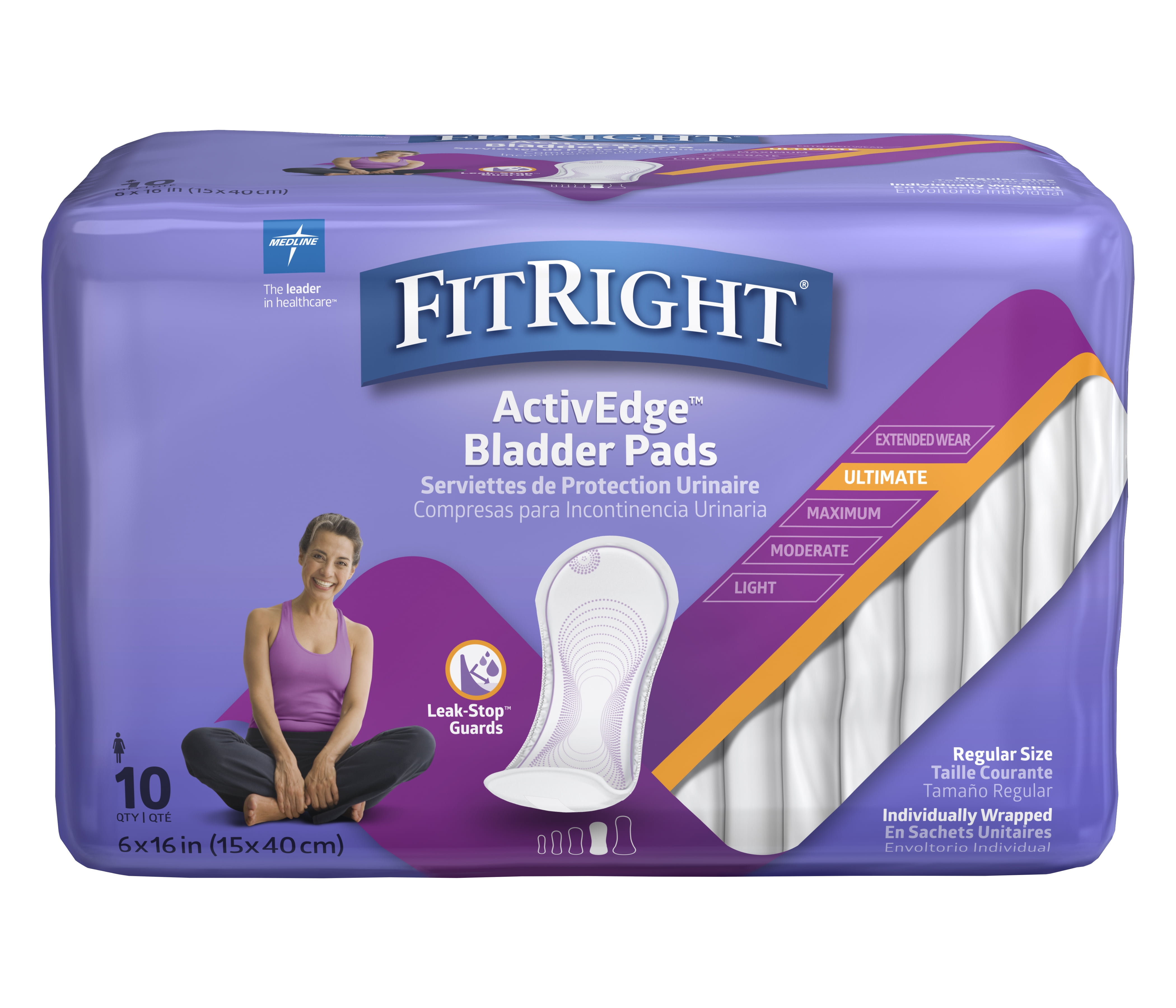
September 12, 2024
Postpartum Supplies & Essentials For Brand-new Mom
What To Expect After Anticipating: Tension Urinary Incontinence The lack of discussion regarding incontinence in many communities likewise leads some ladies to think that this is a concern with no easy options. Truthfully, urinary incontinence is not only extremely usual, yet likewise responds to a variety of noninvasive therapy alternatives that can greatly boost or eliminate signs. You also require to keep in mind that pregnancies can be a little heavy on the pocket. From pre-natal exams to delivery and newborn care, it can make a damage in your cost savings, so it is much better to plan for the costs of maternity. With the Delight Health Care Insurance strategy, you can get protection for the expenses of maternity that too at a budget-friendly premium.The length of time does postpartum incontinence last?
experience urinary system incontinence for longer. Stop smoking cigarettes. If you smoke, you placed on your own in danger of incontinence, since coughing puts strain on your pelvic floor muscles.Do the best exercises.Avoid lifting.Lose excess weight.Treat irregularity promptly.Cut down on caffeine.Cut down on alcohol.Drink lots of water. https://lipo360.co.uk/the-lipo360-ems-chair-chair-therapy-unveiled/ It is necessary to enhance liquid intake after giving birth, particularly if you are breastfeeding. It will assist in creating more urine. Attempt taking a warm bathroom. If peeing is challenging and excruciating for days, your physician might advise an examination for urinary system infection.
How To Do Kegel Exercises
Nursing within the very first hour or two has many advantages due to the fact that you are providing your infant a fluid rich in antibodies, called 'colostrum'. But if skin call and breastfeeding can not occur immediately, there is time later to establish these bonds. Occasionally during labour and birth there are problems that indicate that you or your infant will certainly require even more focus or treatment. In some circumstances, your baby might need to be moved to a higher degree of treatment-- to the Neonatal Critical Care Unit (NICU) or Unique Treatment Baby Room (SCN) at healthcare facility.When To Call Your Doctor
Urinary incontinence is not an unpreventable outcome of aging, however it is particularly common in older individuals. It is commonly caused by particular adjustments in body function that might arise from illness, use medications and/or the onset of an illness. Sometimes it is the first and just signs and symptom of an urinary tract infection. Females are more than likely to establish urinary incontinence during pregnancy and after childbirth, or after the hormonal modifications of menopause. Hackett's problems started regarding one decade ago, after having her initial kid, which left her with a third-degree tear-- meaning the rupture went as far as the muscular tissue that manages the rectum. The outcome of severe injury to rectal muscular tissues and nerves can be the failure of the rectal muscle to shut entirely with resultant spontaneous loss of gas or feces. Giving birth places enormous amounts of anxiety on the vaginal canal and pelvic floor muscles. Unfortunately, it can also trigger nerve damages around the bladder. In addition, organ prolapse, urinary necessity, stool urinary incontinence, excruciating piles, and lacerations, are all typical injuries that women deal with after pregnancy.- As part of the phenomenal pressures on a female's body throughout distribution of the child, the pelvic cells may be subjected to damage.
- After surgery, Hackett was handed a leaflet for pelvic floor exercises.
- Parenting helplines, your general practitioner or your maternal and kid health and wellness nurse can aid if you have questions regarding your infant or your own health during the initial few days in the house.
- Your physical and emotional health is essential, so make sure to give yourself a break when you need it the most.
Social Links